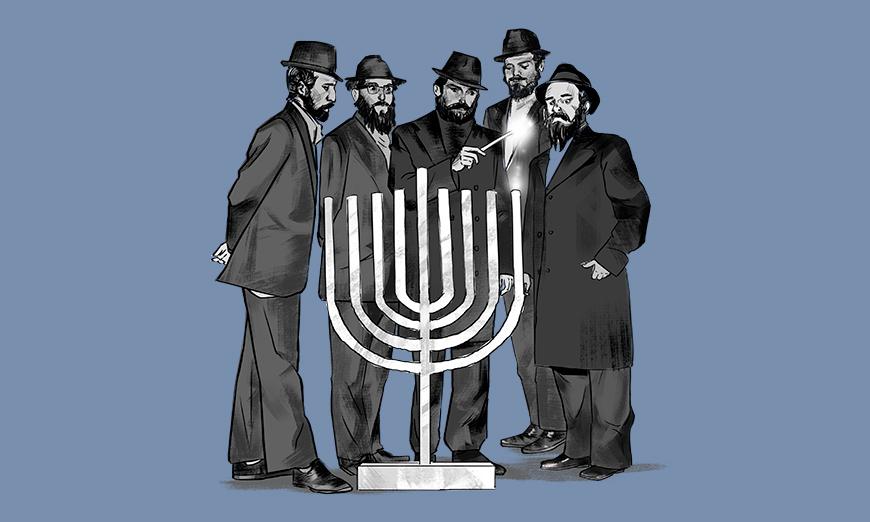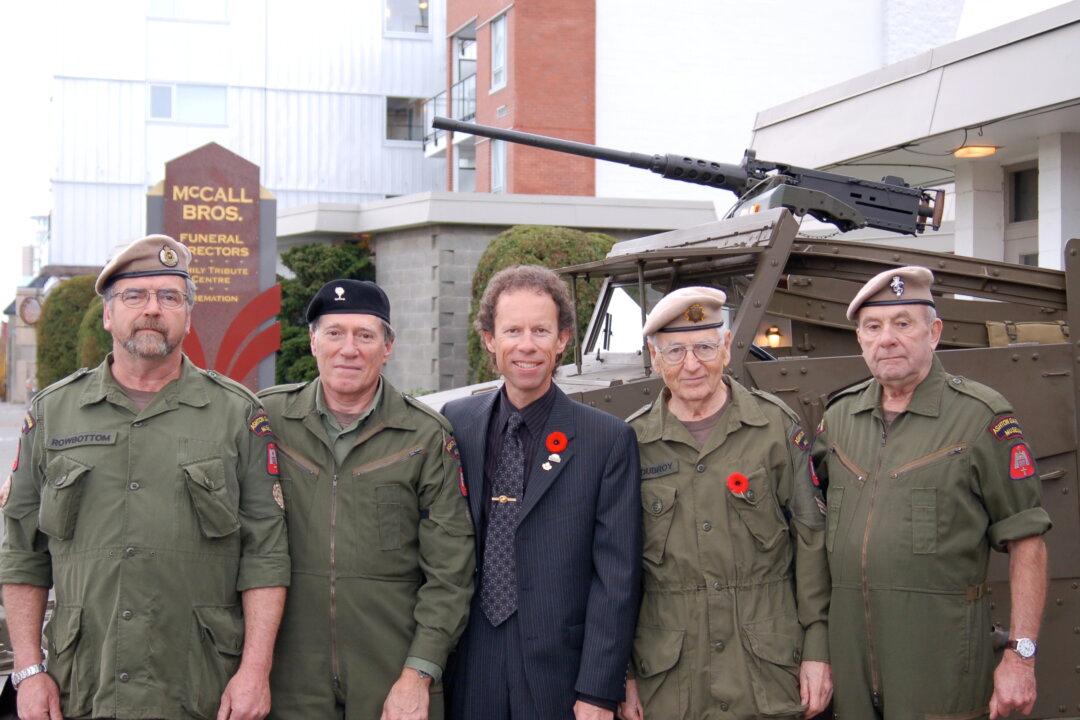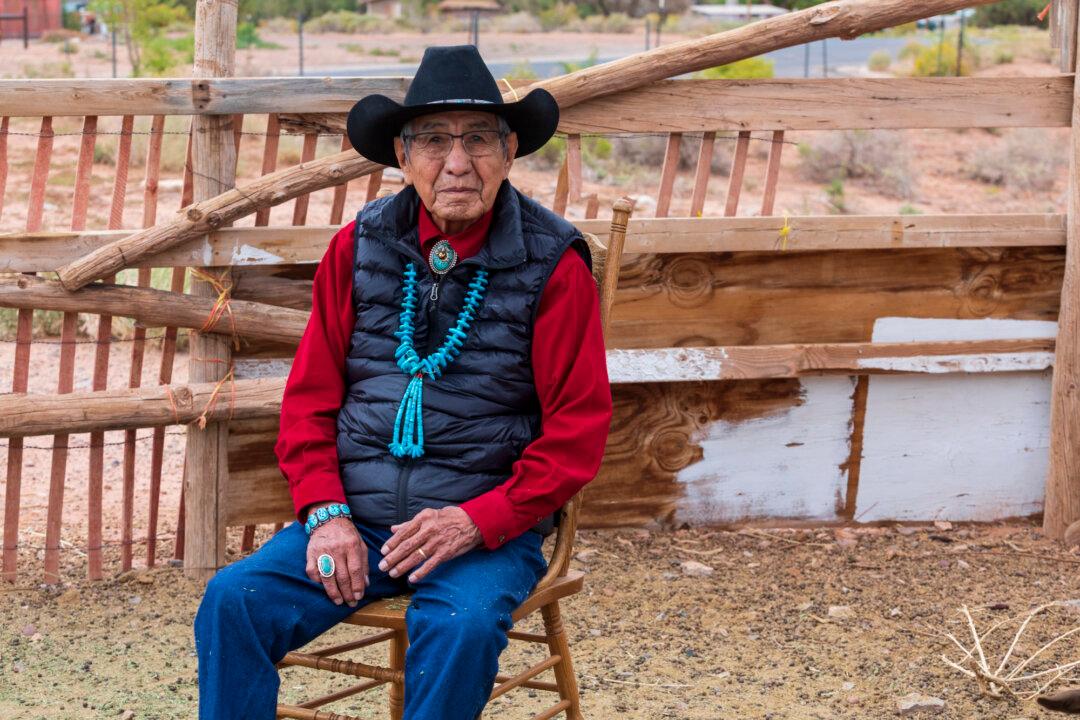Hanukkah, the “Festival of Lights,” commemorates Jewish guerrillas’ victory in the second century B.C. over a Greek ruler who suppressed Jewish religious practices in Israel. In the United States, 68 percent of Jews consider Hanukkah to be one of the three most important Jewish holidays, compared to 38 percent of Jews in Israel, according to a 2018 survey.
“For the first time in perhaps thousands of years, we live in a place and in an era where we’re able to celebrate freely who we are,” said Rabbi Motti Seligson from the Chabad community of Hasidic Jews. “That’s what this country represents.”
Author Dennis Prager elaborates. “Jews have been equals and honored as such from even before the creation of the United States,” Prager wrote. “Many of the founders studied Hebrew; Thomas Jefferson wanted the Seal of the United States to depict the Jews’ exodus from Egypt; Yale University’s insignia is in Hebrew; a verse from the Torah (Leviticus) is inscribed on the Liberty Bell; a rabbi attended George Washington’s inauguration—the list of pro-Jewish expressions in U.S. history is endless.”
Washington himself expressed that spirit at the end of a letter to a Jewish congregation in Newport, R.I. in 1790:
“May the Children of the Stock of Abraham, who dwell in this land, continue to merit and enjoy the good will of the other Inhabitants; while everyone shall sit in safety under his own vine and fig tree, and there shall be none to make him afraid. May the father of all mercies scatter light and not darkness in our paths, and make us all in our several vocations useful here, and in his own due time and way everlastingly happy.”
Hanukkah’s Roots
The story of Hanukkah starts in 168 B.C. in Judea, which encompasses central Israel and the West Bank. At the time, Judea belonged to the Seleucid Empire, one of three that arose after Alexander the Great’s generals partitioned his continental conquests after his death. Emperor Antiochus IV—who nicknamed himself “Epiphanes,” Greek for “divine manifestation”—began imposing Hellenistic culture and repressing Judaism. Antiochus even plundered and desecrated Jerusalem’s Temple, the focal point for worship.
But a rural priest, Mattathias, began the revolt. Mattathias killed a Jew who had acted for the priest in offering a sacrifice to a Greek deity, then fled with his five sons to nearby hills. When Mattathias died in 166 B.C., his son Judah emerged and formed an army that used guerilla tactics against Hellenized Jews and Seleucid forces. Judah and his soldiers earned the nickname “Maccabees,” Hebrew for “hammers.”
In 164 B.C., Judah and his army captured Jerusalem and began to rededicate the Temple. Rededication involved relighting the menorah, a multi-columned candelabra that had to be illuminated continuously. Yet only enough oil existed to keep it lit for one day. However, that small amount of oil lasted eight days, until the Maccabees made more. Hanukkah honors Judah’s victory and its ultimate sign, which Jews consider miraculous.




